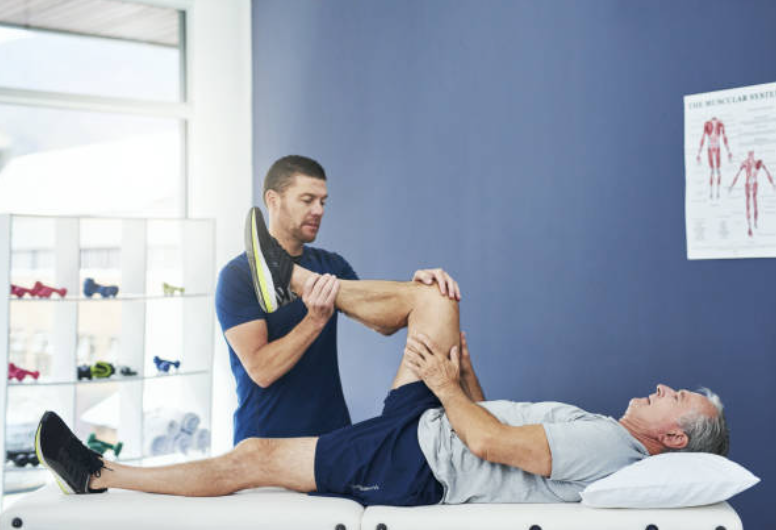What is an ACL?
Anterior cruciate ligament (ACL) is a strong band of tissue that holds your thigh bone and your shin bone together. ACL injuries is most common in sports where it involves a sudden change of direction, jumping and landing movements. Sports frequent associated with this injury are soccer, AFL, basketball and skiing sports. The purpose of an ACL is to control knee rotation and preventing the shin bone from moving too far forward in reference to the thigh bone. For this reason, people who have ACL injuries often report symptoms of unsteadiness during walking or playing sports. ACL injuries are usually caused by the 3 following movements:
1. Pivoting inwards while the foot fixed into the ground.
2. The knee falling inwards by landing from the jump.
3. A quick deceleration movement while the knee is in a bent position.
Signs and symptoms:
- Audible popping sensation at the time of injury
- Loss of knee range of motion
- Unable to straighten and bend the knee due to pain.
- Swollen knee
- The feeling of knee instability when you walk
Treatment:
Did you know that Australian has one of the highest rates of ACL reconstructions in the world? Approximately over 10 000 ACL reconstructions was performed in Australia a year. (Janssen et al Seand J Med Sci Sports 2011). The reason for this alarming prevalence rates is the overpromotion of ACL reconstructions and underpromotion of physiotherapy conservative management. Research have revealed that physiotherapy management is just as effective as a surgical ACL repair! (Travers et al 2019, Frobell et al 2010). A notable study followed 121 patients with ACL injuries. These participants were placed into 2 groups. The first group had an ACL reconstruction while the second group had conversative physiotherapy management. The results outlined that after a 1 year follow up, physiotherapy treatment group achieved the same outcome as the surgical group. The decision to have an ACL reconstruction surgery depends on many factors which can include your age, level of sports, co-morbidities and work. It is usually recommended to trial a conversative course of physiotherapy before considering surgery. An ACL reconstruction can be traumatic for the knee and will require physiotherapy afterwards to rehabilitate the knee back to function.
Physiotherapy ACL treatment usually involve the follow phases:
1. Pain and oedema management
2. Strength and neuromuscular control
3. Running, agility and landing
4. Return to sport
5. Prevention of re-injury
Physiotherapy conversative treatment and post-operation rehabilitation for ACL reconstruction are very similar in their phases. The Melbourne ACL protocol provides a great insight to what to expect in terms of ACL physiotherapy management. If you would like to find out more about the physiotherapy rehabilitation process, you can book an appointment with one of our expert physiotherapists.
References:
Frobell RB, Roos EM, Ranstam J, Lohmander LS. A Randomized Trial of Treatment for Acute Anterior Cruciate Ligament Tears. The New England Journal of Medicine. (2010) 363 (4), 331-342.
Travers, M.J., et al., Should this systematic review and meta-analysis change my practice? Part 1: exploring treatment effect and trustworthiness.British Journal of Sports Medicine, 2019: p. bjsports-2018-099958.
Smith, T.O., Postle, K., Penny, F., McNamara, I., & Mann, C, Is reconstruction the best management strategy for anterior cruciate ligament rupture? A systematic review and meta-analysis comparing anterior cruciate ligament reconstruction versus non-operative treatment.The Knee, 2014. 21((2)): p. 462-70.

